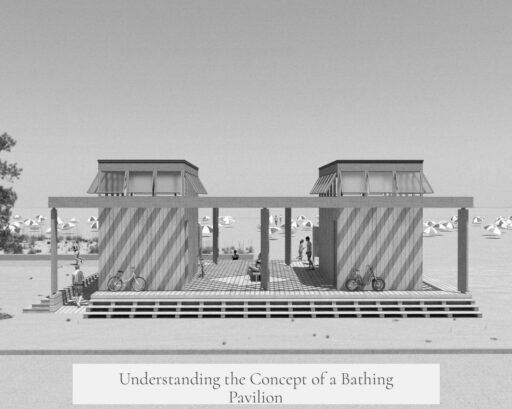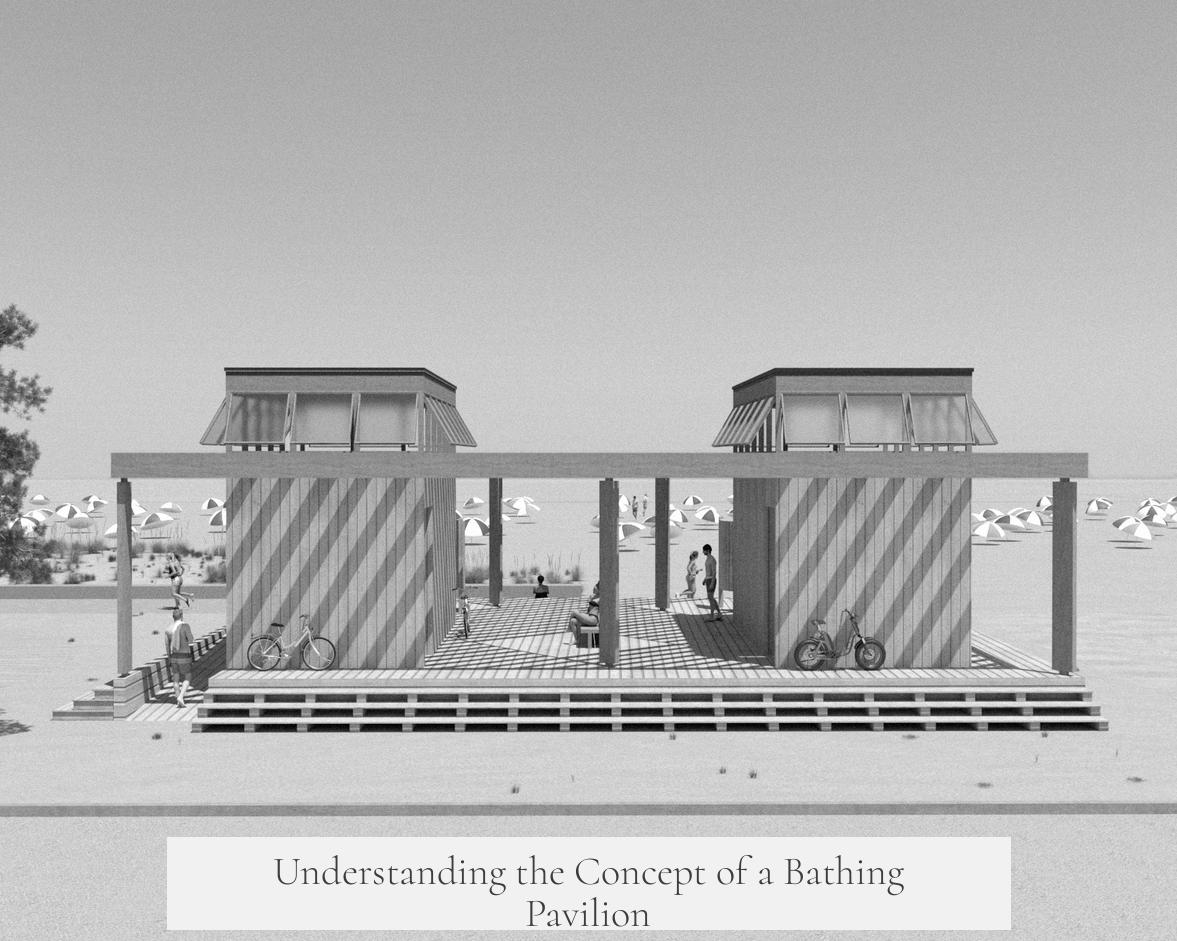A bathing pavilion is a public facility located near beaches or lakes designed to support visitors with essential services. It primarily offers changing rooms, showers, and locker spaces for people to change into and out of bathing suits. Bathing pavilions often provide rentals of bathing accessories and towels, sell food and refreshments, and include restroom facilities, making them a convenient hub for day beachgoers.
These structures cater largely to visitors arriving by public transport who cannot easily bring or change their beachwear at home. Bathing pavilions thus serve as functional centers that combine hygiene, comfort, and convenience near aquatic recreational areas.
The core function of a bathing pavilion is to provide changing facilities for beach visitors. They typically contain large locker rooms and showers where people can transition between their street clothes and swimsuits. This service is essential for users who want a clean and private space to prepare for and recover from a day in the water.
- Locker rooms facilitate secure storage of personal belongings.
- Showers allow rinsing off saltwater, sand, or lake water.
- Accessible toilets are an integral part of the pavilion’s amenities.
Bathing pavilions often offer rental services for bathing suits, towels, and other related equipment. This rental option supports visitors who come unprepared or prefer not to carry extra items. Beach chairs and umbrellas may also be rented and managed under pavilion control, guaranteeing orderly usage of shared space.
Many bathing pavilions feature small shops or kiosks that sell food and refreshments. This enhances the day visitor’s experience by providing convenient access to snacks and drinks without leaving the beach area.
Safety is another responsibility sometimes fulfilled by bathing pavilions. Some locations employ lifeguards and manage roped-off swimming zones, particularly near lakes where natural hazards may be less obvious than ocean currents. This safety oversight adds a layer of protection for swimmers and their families.
Bigger, more complex bathing pavilions expand their functions beyond basic necessities. For example, Brighton Beach’s pavilion includes entertainment facilities that attract visitors seeking leisure activities beyond swimming.
Large bathing pavilions may also have pools on-site. These pools allow continued business during poor beach conditions or inclement weather, providing an alternate aquatic venue while still utilizing locker rooms and other amenities.
| Services Provided | Details |
|---|---|
| Changing Facilities | Lockers and showers for changing clothes |
| Rental Services | Bathing suits, towels, beach equipment |
| Food and Refreshments | Snacks and drinks sold on-site |
| Toilets | Public restrooms for convenience |
| Safety | Lifeguards and designated swimming areas |
| Entertainment (larger pavilions) | Varied leisure activities and events |
The historical role of bathing pavilions has diminished in recent decades. Changes in transportation, especially the rise of private car ownership, have reduced dependence on these facilities. With cars, people often change into swimwear at home and bring more supplies, bypassing the need for on-site changing or rentals.
Though still present, bathing pavilions are no longer as central to beachgoing as they once were. Modern beach visitors expect more personalized and flexible options. The need for communal changing spaces and rentals has declined, though some locations maintain pavilions for tradition, safety, or convenience.
In essence, bathing pavilions are specialized venues that once played a vital role in supporting public beach recreation. They provided structural and service support aimed at comfort, hygiene, and safety for day visitors arriving largely by public transit.
- Bathing pavilions offer changing rooms, showers, and lockers for beach visitors.
- They rent bathing suits, towels, and beach furniture to users.
- Food, refreshments, and toilet facilities are standard amenities.
- Safety services like lifeguards and controlled swimming areas are common.
- Large pavilions may add entertainment and swimming pools.
- The rise of car travel reduced their overall importance.
What is a bathing pavilion?
A bathing pavilion is a facility at the beach where visitors can change into and out of bathing suits. It also provides showers, lockers, and basic amenities for beachgoers who do not have easy access to these at home or by car.
What services do bathing pavilions usually offer?
They offer changing rooms, showers, rental of bathing suits and towels, restroom facilities, and sometimes food and refreshments. Some also manage beach chairs and umbrellas and provide lifeguard services.
How did larger bathing pavilions differ from smaller ones?
Large bathing pavilions often included entertainment options and swimming pools. This allowed them to attract visitors even when weather or beach conditions were poor.
Why have bathing pavilions become less common?
The rise of cars reduced the need for bathing pavilions. Beach visitors can now change at home and bring their own gear, making these facilities less essential.
Did bathing pavilions provide safety measures?
Yes, some offered lifeguards and designated swimming areas with ropes to ensure swimmer safety, especially on lakes and busy beaches.




